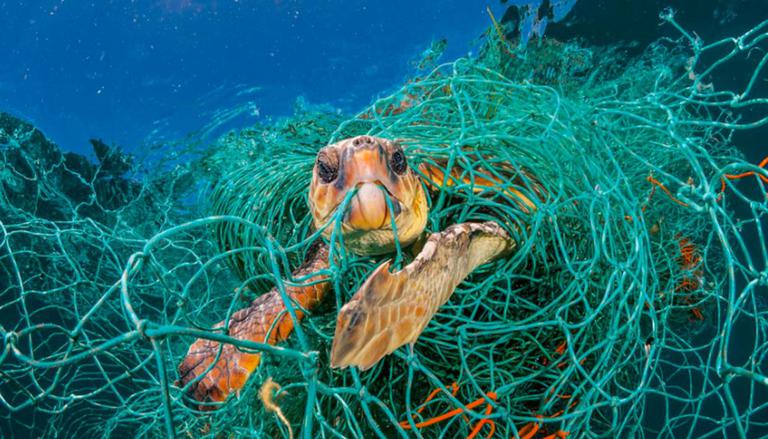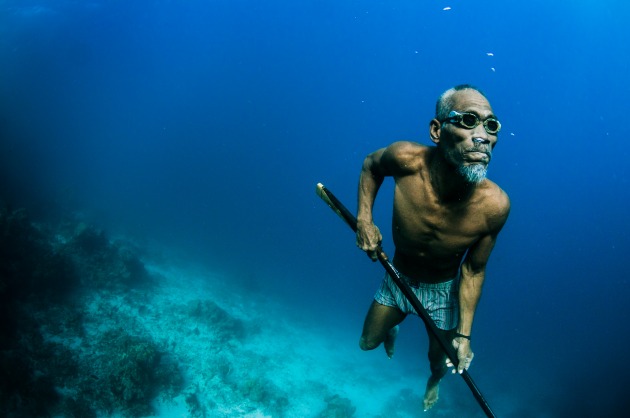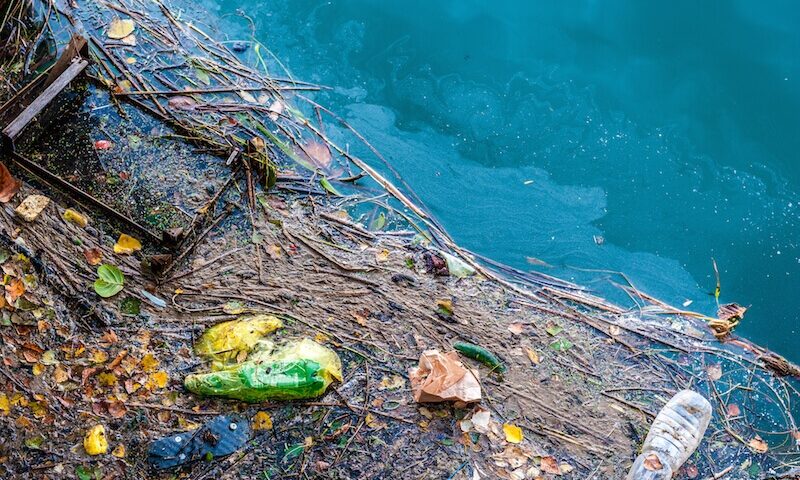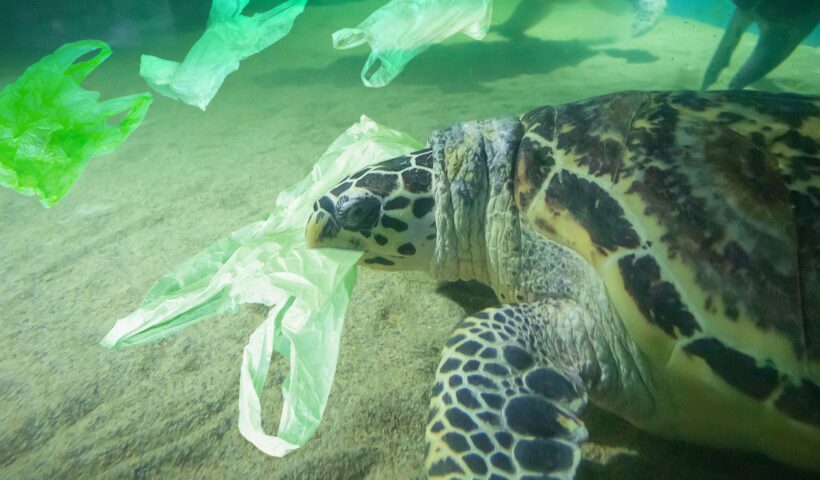The state of the world’s oceans continues to deteriorate. As new threats to the health and viability of the oceans
emerge, most of the problems identified decades ago have still not been solved and many have become worse,
according to a study carried out in 2001 by the United Nations Joint Group of Experts on the Scientific Aspects
of Marine Environmental Protection. At risk are the vast resources of the oceans and the many economic benefits that humanity derives from them, estimated to be about $7 trillion per year.
Coastal areas — the most productive marine environments — are the most affected. Currently more than
half of the world’s population lives within 100 kilometers of the coast, with two thirds of all cities with over
2.5 million inhabitants. By 2025, it is expected that 75 per cent of the world’s population will live in coastal
areas.
Tag: Why is it important to protect the marine environment?
“Generally Accepted” and “Applicable” International Rules for Protection and Preservation of the Marine Environment
“Generally Accepted” and “Applicable” International Rules for Protection and Preservation of the Marine Environment, GAIRAS, How can we protect marine life from degradation?, How can we protect our marine environment?, International Maritime Organization, LOSC, Protection and Preservation of the Marine Environment, United Nations Environment Programme (UNEP), What are marine environmental issues?, What are the main divisions of the marine environment?, What are the obligations to protect and preserve the marine environment?, What are three important environmental laws?, What can you contribute in the preservation of marine life?, Who is the responsible about the protection of marine environment?, Why is it important to protect the marine environment?
View More “Generally Accepted” and “Applicable” International Rules for Protection and Preservation of the Marine EnvironmentThe 1982 UN Law of the Sea Convention (LOSC) and the Protection and Preservation of the Marine Environment
The environmental regime established by the Convention is based on the combination of the jurisdictional rules of the law of the sea with objectives, principles and approaches of international environmental law. The protection and preservation of the marine environment is specifically regulated in Part XII which is the result of this combination.
However, due to the comprehensive character of the LOSC and the inter-sectoral nature of marine issues, relevant provisions can be found in different parts of the Convention (e.g., Parts V and VII on conservation and management of living resources in the EEZ and high seas or Part XIII on marine scientific research). The LOSC has codified the customary principles discussed in the previous section and, in some cases, has further clarified their content. The jurisdictional rules and Part XII are discussed separately in the next paragraphs. The 1982 UN Law of the Sea Convention (LOSC) and the Protection and Preservation of the Marine Environment, LOSC, Protection and Preservation of the Marine Environment, What do the provision of Unclos 1982 govern?, What does the law of the sea convention do?
The Law of the Sea and the Protection and Preservation of the Marine Environment
The Law of the Sea and the Protection and Preservation of the Marine Environment, How can we protect marine life from degradation?, How can we protect our marine environment?, marine environment, marine environment under the LOSC, Protection and Preservation of the Marine Environment, protection of the marine environment, UNCED, What are the obligations to protect and preserve the marine environment?, Why is it important to protect the marine environment?
View More The Law of the Sea and the Protection and Preservation of the Marine Environment



